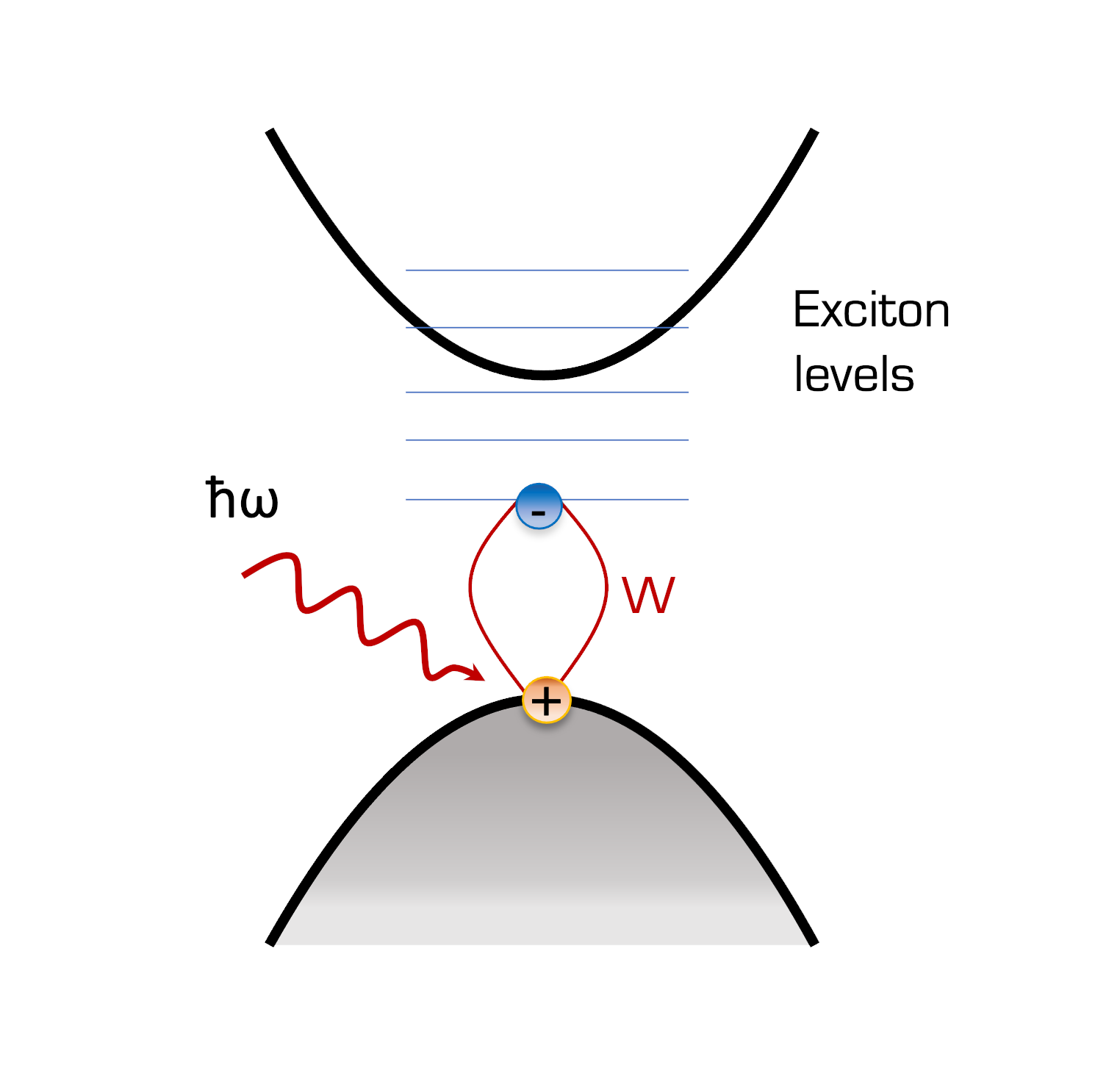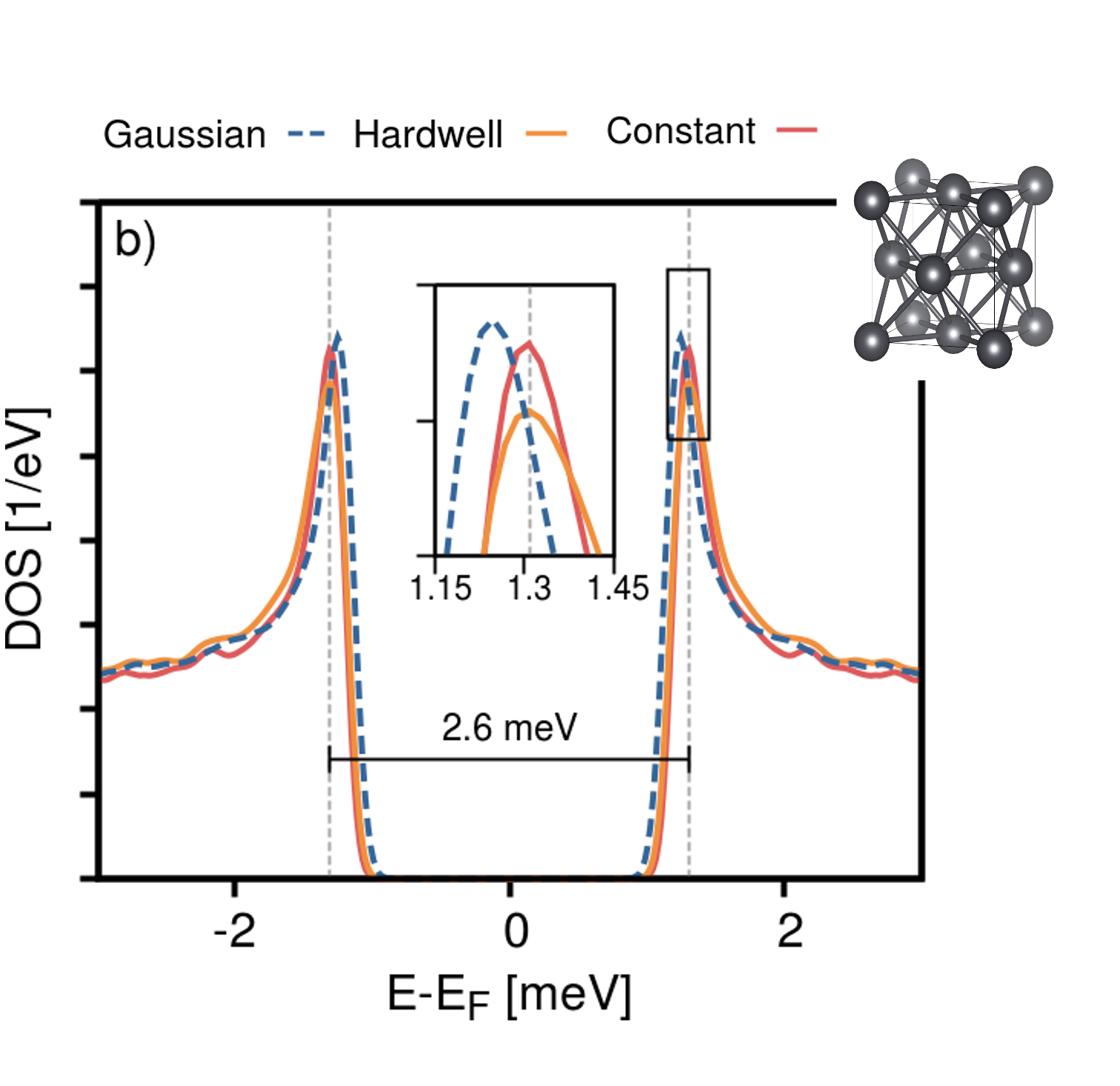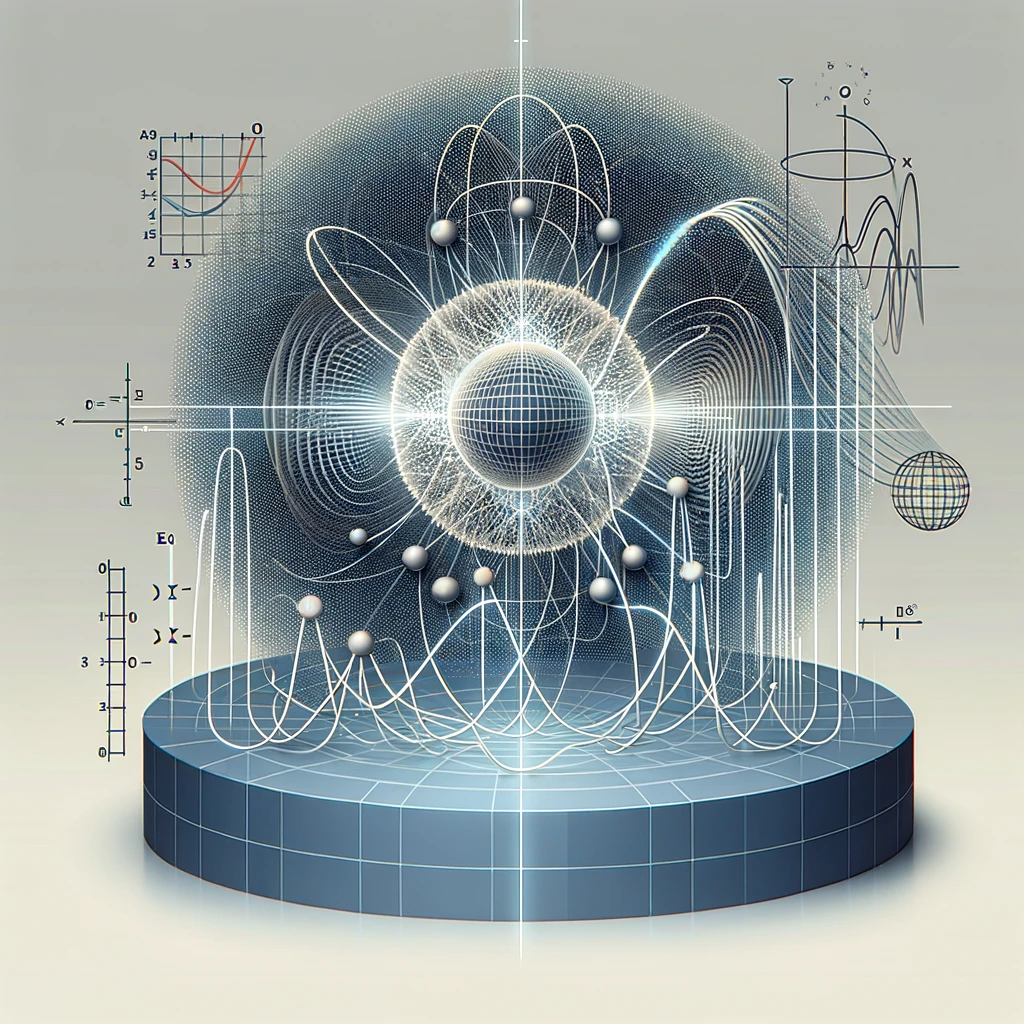
Theoretical physicist in Materials Science

PhD Candidate: Utrecht University, 2020-2025
Master Degree Theoretical Physics: Università di Bologna, 2017-2020
Bachelor Physics: Università di Bologna, 2014-2017
I am a computational physicist, my research focuses on ab initio many body perturbation theory method to compute the electronic and optical properties of semiconductors. My research projects involve Density Functional Theory (DFT) applied to superconductivity, topology and optics of van der Waals (vdW) materials.



Geometrical interpretation of electronic and optical properties
Learn MorePhD Candidate: Utrecht University, 2020-2025
Working as a computational physicist in ab-initio calculations for materials science based on DFT
I specialize in formulating and developing theoretical frameworks to elucidate quantum phenomena in materials, including superconductivity and light-matter interaction. Regarding Theoretical spectroscopy, I focus on examining the optical properties of two-dimensional (2D) multilayer structures formed by Transition Metal Dichalcogenides (TMDs) and topological insulators like Bi2Se3. These multilayer 2D structures enhance the Coulomb interaction between charge carriers leading to strongly bound electron-hole (exciton) pairs. The physics of these excitons are both of fundamental interest and of crucial importance for engineering and exploiting the properties of these materials in potential applications , for example, in photovoltaic devices where the silicon era has reached its efficiency limit. My research revealed a pronounced excitonic shift due to twisting and strain for MoS2/WS2 and MoSe2/WSe2 heterostructures. For the analysis of the optical spectra of these systems I implemented a method for computing the Photoluminescence (PL) spectra using the YAMBO code. Moreover, we have discovered that the higher-energy surface excitations in a 6 Quintuple Layer of Bi2Se3 are distinctive, preserving the polarization of incident light, which results in the creation of chiral excitons. In the realm of superconductivity, I investigate both conventional superconductors, which are described by the Bardeen-Cooper-Schrieffer (BCS) theory and function at extremely low temperatures, and unconventional superconductors, which exhibit high-temperature superconductivity from non-electron-phonon mechanisms. In the Quantum Materials by Design group we combined Bogoliubov-de-Gennes and Density Functional Theory (DFT) in a unified approach, Superconducting Density Functional Theory (SCDFT), and extended it to unconventional superconductors. We implemented and optimized a novel approach in the SIESTA code. I’ve applied this method to study complex heterostructures like PbTe/Pb, contributing evidence for induced superconductivity through proximity effects.